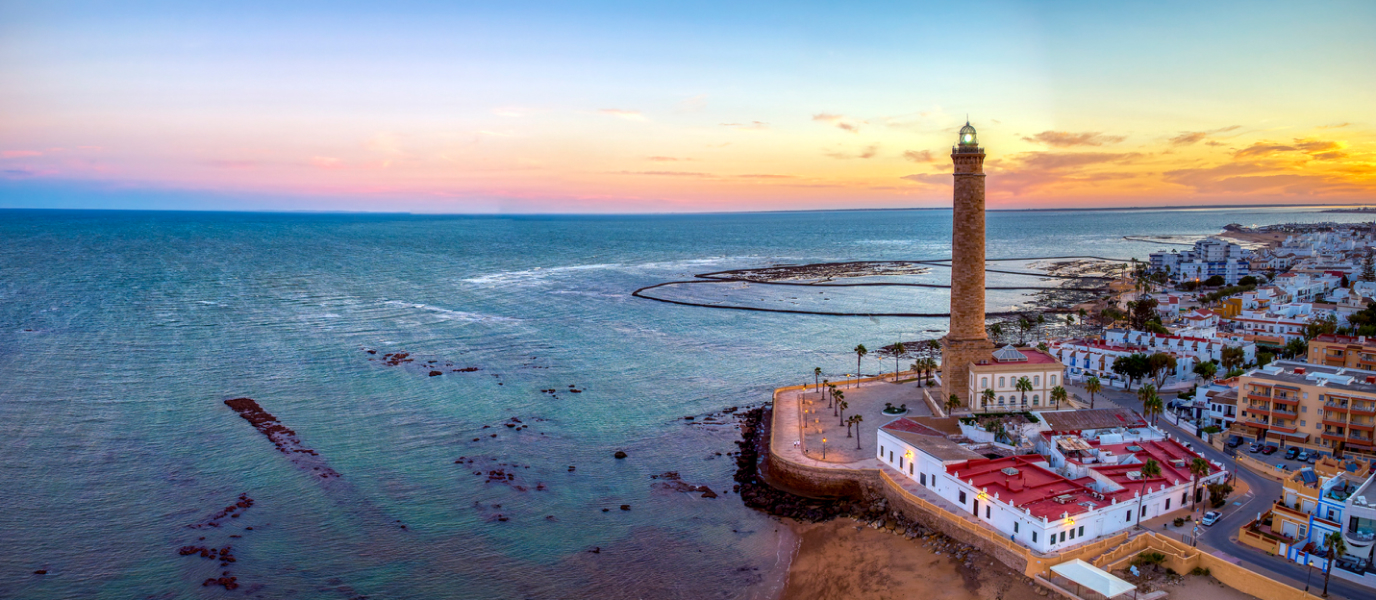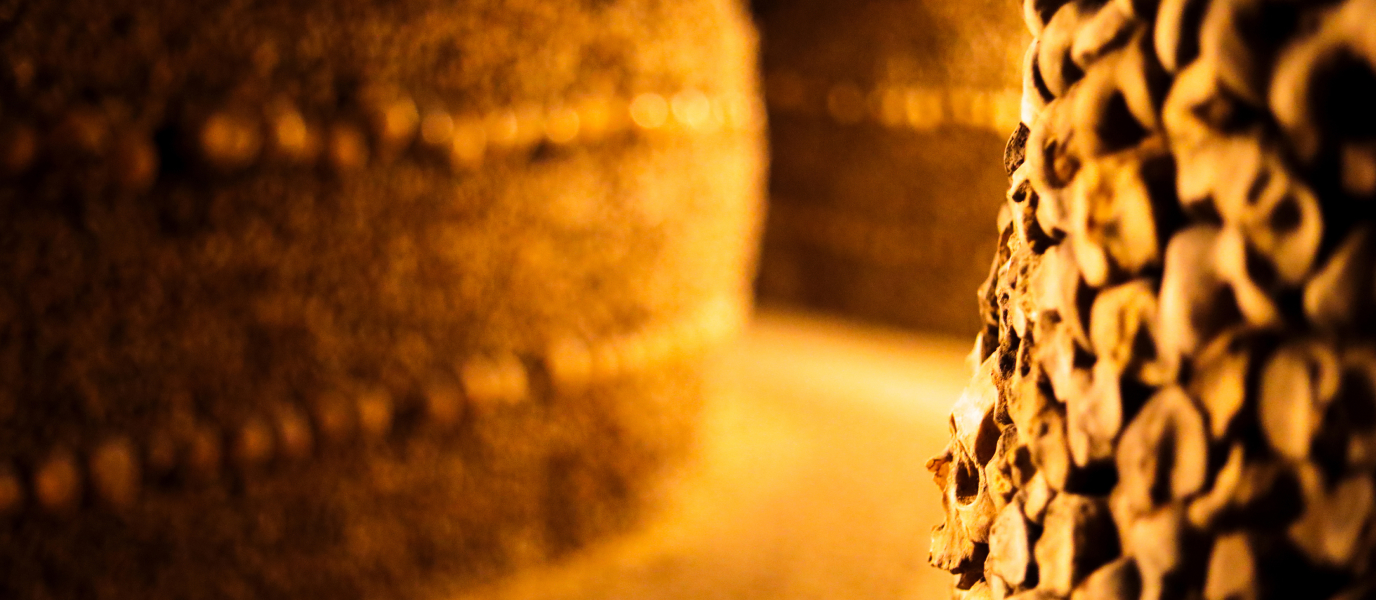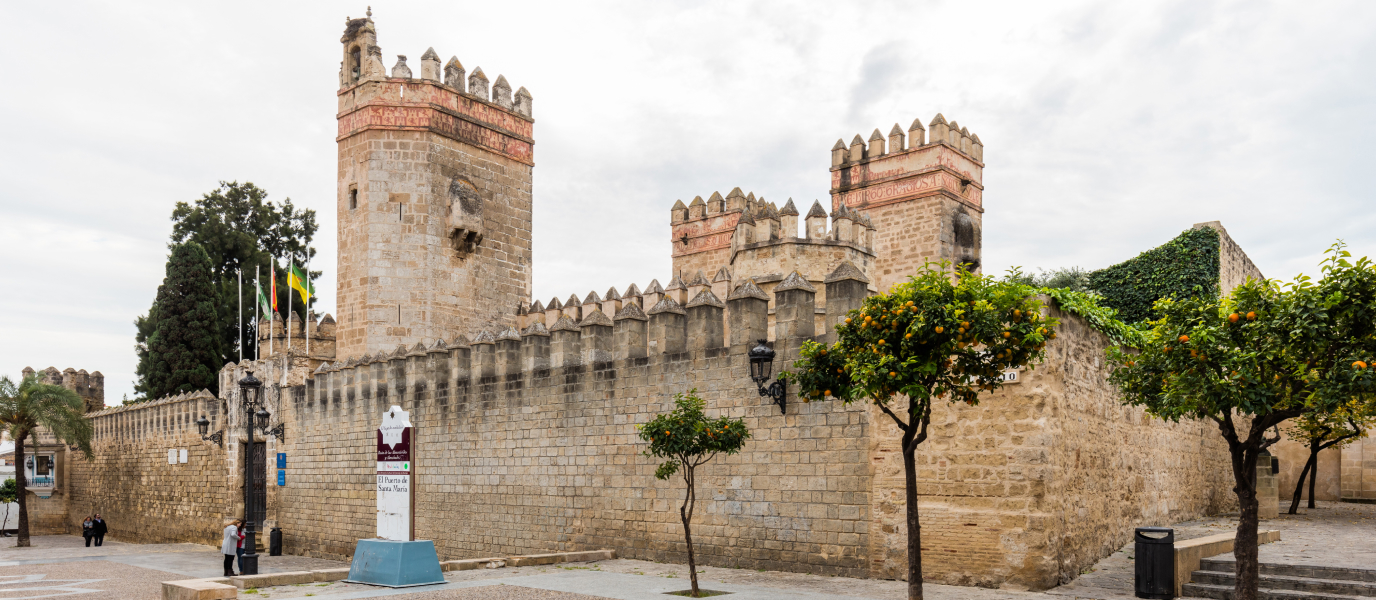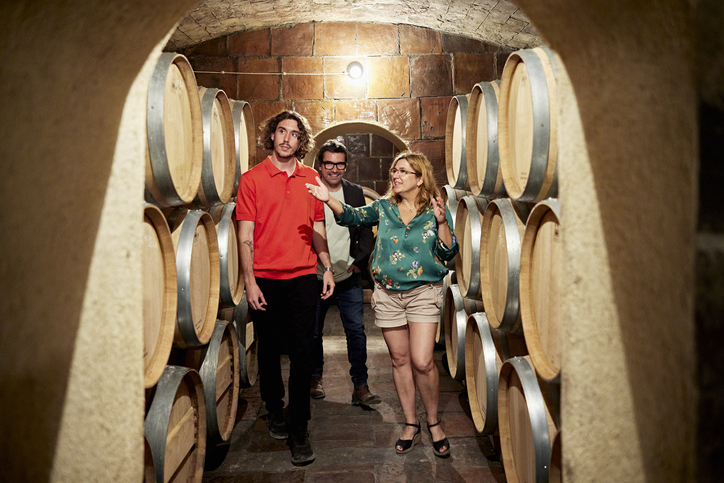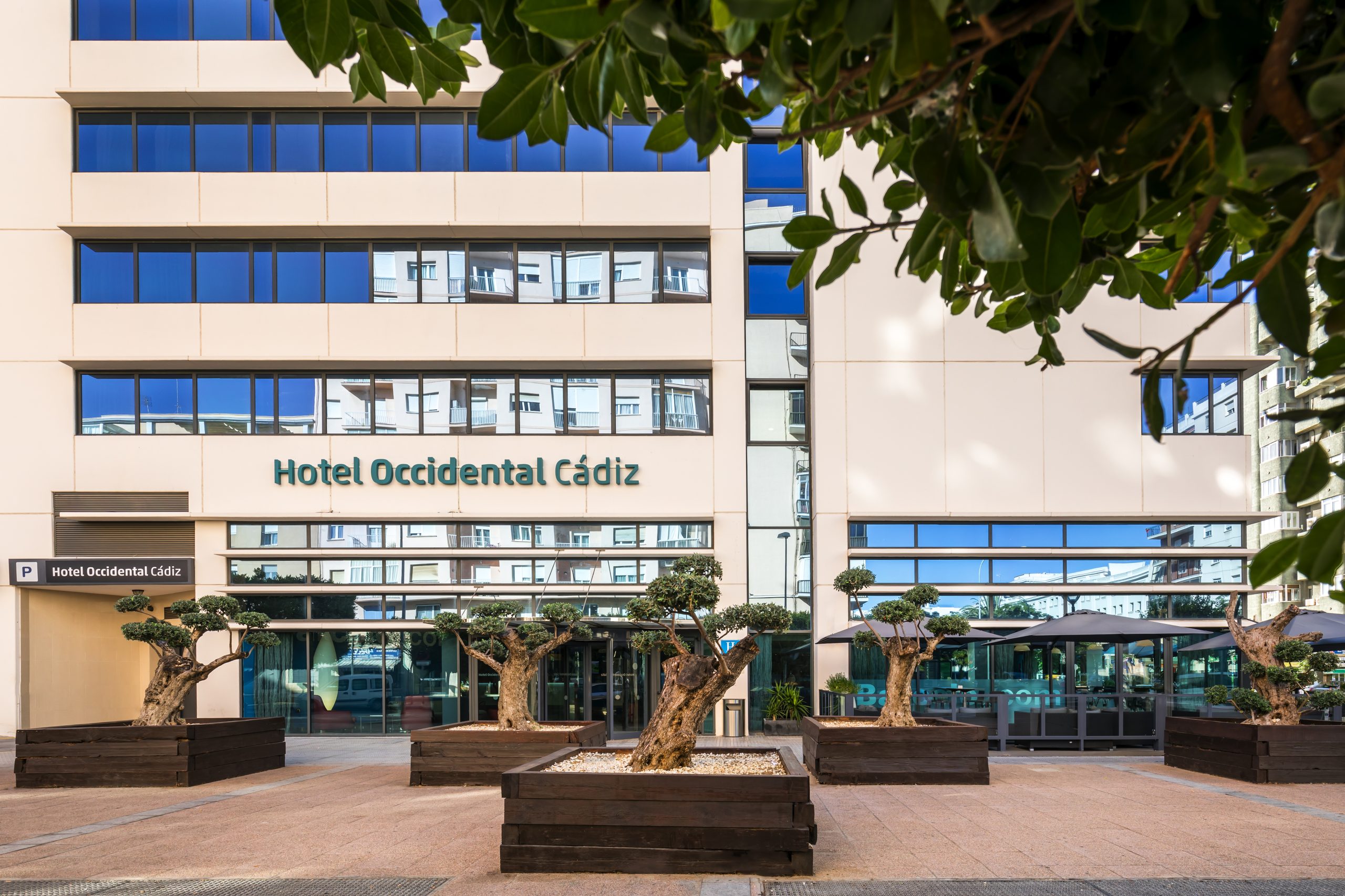There are sites that have a special significance because of what they symbolise, and there are buildings and monuments that are constructed to commemorate events of great importance. In the city of Cádiz there is certainly no shortage of either. With a historic heritage going back thousands of years, Cádiz boasts an abundance of monuments, in terms of both civic and religious architecture.
A stroll through the centre of the city is essential to gain an insight into this legacy. One of the first places to head for is most definitely the Plaza de España, because it is home to several of Cádiz’s most notable buildings. Take a moment to learn a little about this emblem of the Tacita de Plata, or ‘Silver Cup’, as Cádiz is affectionately known.
The origins of Cádiz’s Plaza de España
If you are meandering through the area around the Avenida del Puerto, you will at some point come across the imposing Plaza de España. This is no simple square that you can have a quick walk around: you will need to pause and admire each of its monuments in turn.
One of its oddest aspects is its position, as it lies on the north-eastern edge enclosing the Bay of Cádiz—although when it was first constructed, it was actually on the seafront. In 1912, in order to commemorate the first centennial of the 1812 Constitution, the decision was taken to expand the tiny Plaza del Carbón. The main reason for this was to set up a commemorative monument. As a result of this work to expand the square, Cádiz’s Plaza de España came into existence on the ground formerly covered by the sea.
It is rectangular in shape, and surrounded by gardens. All its internal pathways lead to its nerve centre and main attraction, the monument to the 1812 Constitution.
The monument to the 1812 Constitution, or ‘La Pepa’, in Cádiz’s Plaza de España
This renowned work is the outstanding feature of the square, and the main reason that people stroll through it. The plans for the monument to the 1812 Constitution were the result of designs by the architect Modesto López Otero and the sculptor Aniceto Marinas García.
The 1812 Constitution, popularly known as ‘La Pepa’, had been promulgated in Cádiz on 19 March 1812. It was Spain’s first Constitution, and was therefore a highly significant milestone in the history of this country. Its great importance inspired the city where it came into being to honour its memory in 1912.
The monment has the appearance of a semicircle open to the sea. To fully appreciate the monument’s sculptural and aesthetic features requires a period of quiet contemplation. It was designed to represent a theatre stage, on which stand two figures representing Spain and Hercules.
The scene is completed by other allegorical figures symbolising peace, war, industry and agriculture. Be sure to notice the relief sculptures depicting scenes from the War of Independence. At the monument’s centre, there is a tall group of columns, crowned by statues of female figures holding up the book of the 1812 Constitution.
It is interesting that, if you stand at the centre, you can see how, following the axis of the monument, two other sculptures were set in position to commemorate the second centennial of the Constitution in 2012. These are known as the Antorchas de la Libertad [Flames of Liberty]. One stands in the Plaza de la Hispanidad and if you follow the axis with your gaze, you will see it. The other is similarly aligned, but a little further away, in the Plaza de Sevilla. Every aspect of this work is designed to pay homage to a crucial moment in the history of Spain.
Other buildings in Cádiz’s Plaza de España
Although the monument to the Constitution is the undisputed highlight of this interesting site, it is not the only noteworthy structure to be found here. Visitors should also look out for:
- La Casa de las Cinco Torres [House of Five Towers]. These are five separate dwellings situated in a row on one side of the square. They were built towards the end of the eighteenth century in a style typical of the late Cádiz Baroque, and they display early neo-Classical touches. The buildings get their name from the imposing towers built between each house. Allow yourself time to appreciate these buildings that were a source of fascination to Delacroix himself. The painter visited Cádiz, and was spellbound by the light that bathed these towers.
- The former Palacio de la Aduana [Customs Palace]. Nowadays, this is the headquarters of the Provincial Council, and stands on another side of the square in the area nearest the harbour. You will be standing in front of a building designed in the mid-eighteenth century, although its style is entirely neo-Classical. It is one of the most outstanding examples of the vast wealth enjoyed by the city of Cádiz at that time. Visitors may appreciate the three storeys with their elegant, balanced structure complementing the square’s other monuments.
Apart from the fascinating Plaza de España, this area of Cádiz is perfect for a day’s sightseeing, delving into its treasures. You could visit the Museum of Cádiz just a stone’s throw away, which houses archaeological finds and pictorial art from different periods. Go up the Torre Tavira tower to see one of the very finest panoramas of the entire city, then explore the Catacumbas del Beaterio catacombs and round off your day in the beautiful Plaza de las Flores, where you can enjoy a cone of pescaíto (tiny fried fish) from the Las Flores seafood restaurant and café.








































































